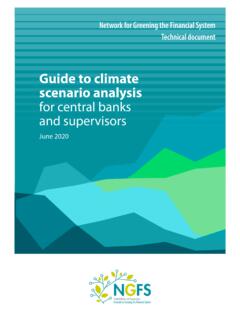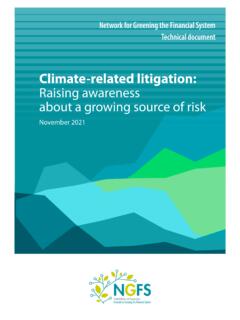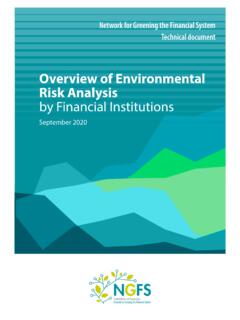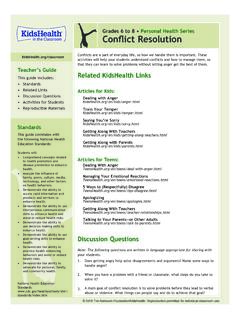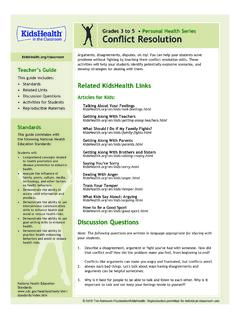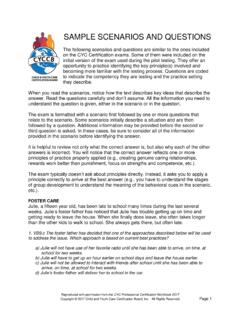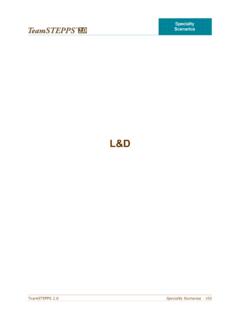Transcription of NGFS Climate Scenarios for central banks and supervisors
1 Network for Greening the Financial System NGFS Climate Scenarios for central banks and supervisorsJune 2020 NGFS SCENARIOS2 The Network for Greening the Financial System (NGFS) is a group of 66 central banks and supervisors and 13 observers committed to sharing best practices, contributing to the development of Climate and environment related risk management in the financial sector and mobilising mainstream finance to support the transition towards a sustainable NGFS Climate Scenarios were produced over a period of 6 months by NGFS Workstream 2 in partnership with an academic consortium from the Potsdam Institute for Climate Impact Research (PIK), International Institute for Applied Systems Analysis (IIASA), University of Maryland (UMD)
2 , Climate Analytics (CA) and the Swiss Federal Institute of Technology in Zurich (ETHZ). This work was made possible by grants from Bloomberg Philanthropies and ClimateWorks thanks is given to lead coordinating authors: Thomas Allen (Banque de France), Cornelia Auer (PIK), Ryan Barrett (Bank of England), Christoph Bertram (PIK), Antoine Boirard (Banque de France), Leon Clarke (UMD), St phane Dees (Banque de France), Ryna Yiyun Cui (UMD), Jae Edmonds (UMD), J r me Hilaire (PIK), Elmar Kriegler (PIK), Theresa L ber (Bank of England), Jihoon Min (IIASA), Franziska Piontek (PIK), Joeri Rogelj (IIASA), Edo Schets (Bank of England), Carl Friedrich Schleussner (CA), Bas van Ruijven (IIASA) and Sha Yu (UMD).
3 Thanks is also given to contributing authors: Cristina Angelico (Banca d Italia), Rie Asakura (Japan FSA), Ivan Faiella (Banca d Italia), Philipp Haenle (Bundesbank), Craig Johnston (Bank of Canada), Federico Lubello (Bank of Luxembourg) and Simone Russo ( central Bank of Malta).Comments were gratefully received from Brian Hoskins (Imperial College London), Jason Lowe ( Met Office) and Laszlo Varro (International Energy Agency).AcknowledgementsNGFS SCENARIOS31. Overview of the scenarios4 Scenarios in detail:2. Transition risks113. Physical risks194. Economic impacts255. Future development31 Annex:6.
4 References35 OverviewTransitionPhysicalEconomicDevelo pmentReferencesContents1 Overview of the scenariosOverviewNGFS SCENARIOS5 The NGFS Climate Scenarios (the Scenarios ) have been developed to provide a common starting point for analysing Climate risks to the economy and financial system. While developed primarily for use by central banks and supervisors they may also be useful to the broader financial, academic and corporate communities. This document provides an overview of the key transition risks, physical risks and economic impact of Climate change. The first iteration explores a set of eight Scenarios which are consistent with the Framework (Figure 1) published in the First NGFS Comprehensive Report.
5 The set includes three representative Scenarios , which each cover one of the following dimensions: Orderly: Early, ambitious action to a net zero CO2 emissions economy; Disorderly: Action that is late, disruptive, sudden and / or unanticipated; Hot house world: Limited action leads to a hot house world with significant global warming and, as a result, strongly increased exposure to physical risks. These Scenarios were chosen to show a range of lower and higher risk outcomes. A 'too little, too late' scenario with both high transition and physical risks was not included in the first iteration.
6 A key guiding principle of the project has been embracing the uncertainty inherent in scenario modelling. This has been captured in two ways. Firstly, five alternate Scenarios have been published to help users explore how specifying different key assumptions would change the results. Secondly, for each scenario, multiple models have been used to provide a range of : NGFS (2019a).NGFS Climate Scenarios FrameworkObjectives and frameworkThe NGFS Climate Scenarios explore the impacts of Climate change and Climate policy with the aim of providing a common reference SCENARIOS6 Representative scenariosThe Orderly and Disorderly Scenarios explore a transition which is consistent with limiting global warming to below 2 C.
7 The Hot house world scenario leads to severe physical risks. Orderly assumes Climate policies are introduced early and become gradually more stringent. Net zero CO2 emissions are achieved before 2070, giving a 67% chance of limiting global warming to below 2 C. Physical and transition risks are both relatively low. Disorderly assumes Climate policies are not introduced until 2030. Since actions are taken relatively late and limited by available technologies, emissions reductions need to be sharper than in the Orderly scenario to limit warming to the same target.
8 The result is higher transition risk. Hot house world assumes that only currently implemented policies are preserved. Nationally Determined Contributions are not met. Emissions grow until 2080 leading to 3 C+ of warming and severe physical risks. This includes irreversible changes like higher sea level little, too lateHot house worldOrderlyPhysical risksHighHighLowTransition risksDisorderlyOrderlyHot houseworldMapping of the representative Scenarios to the NGFS matrix Mapping of the representative Scenarios to the FrameworkSource: IIASA NGFS Climate Scenarios Database, using marker Representative Scenarios - 1001020304050607080202020302040205020602 070Gt emissions / yearOrder ly (all GHGs)Order ly (CO2)Disorderly (all GHGs)Disorderly (CO2)Hot house world (all GHGs)Hot house world (CO2)3 C+ 2 CNGFS SCENARIOS7 Alternate scenariosFive alternate Scenarios have been produced to explore different assumptions, such as different temperature targets, policy responses and/or technology The Scenarios include two alternate C pathways (left chart).
9 In both, CO2 emissions need to reach net zero around 2050 to limit global warming to C with a 67% chance. This reduction in emissions is much more rapid than in the Orderly scenario, leading to higher transition risks. Scenarios also differ in their assumptions about the level of CO2 removal (CDR) technology deployment. These negative emission technologies could be limited by innovation or investment bottlenecks. The Orderly and Disorderly Scenarios each have an alternate with limited and full CDR availability, respectively. An alternative scenario that explores high physical risks has also been included.
10 It assumes that governments implement further policies consistent with Nationally Determined Contributions (NDCs), making it less adverse than the Hot house world risksDisorderlyToo little, too lateHot house worldOrderlyPhysical risksHighHighLowMapping of alternate Scenarios to the NGFS matrix ClimitedCDR2 C delaywith CDR2 Cwith CDRM apping of the alternate Scenarios to the FrameworkSource: IIASA NGFS Climate Scenarios Database, REMIND dioxide emissions Alternate C Scenarios - 10010203040502020203020402050Gt CO2 / yearOrde rl y (2 C wi th CDR) C wi th C wi th l imited CDRNGFS SCENARIOS8 Economic impacts at a glanceScenarios differ markedly in their economic impact, with significant uncertainty in the size of the estimates for both transition and physical risks.
